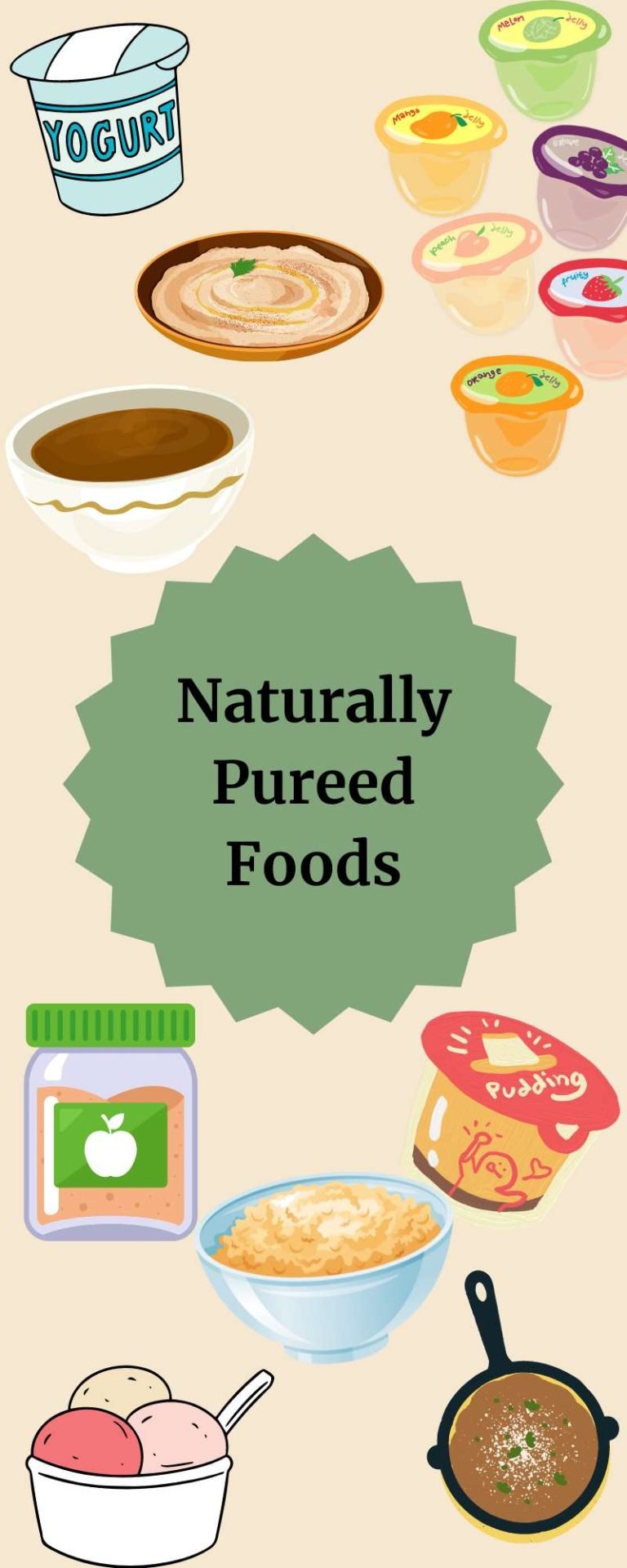Exploring Foods That Start With G, J, and F: Culinary Inspiration From A to Z
Introduction: The Power of Culinary Alphabet Discovery
Exploring foods by their starting letter offers a creative way to expand your culinary horizons, whether you’re crafting themed meals, teaching children about nutrition, or searching for inspiration. This guide provides a comprehensive look at foods that start with G , J , and F , including detailed examples, sourcing tips, and practical applications for home cooks and food professionals alike. By understanding the diversity of ingredients and dishes linked to each letter, you can unlock new flavors and recipes for your table.
Foods That Start With G: From Gourmet to Everyday Staples
The letter G encompasses a remarkable variety of foods, ranging from globally celebrated dishes to everyday staples. Some popular examples include:
- Garlic : Essential for global cuisines, garlic is celebrated for its pungent flavor and health benefits. It’s used fresh, roasted, minced, or powdered in a wide array of recipes.
- Grapes : Enjoyed fresh, dried as raisins, or fermented into wine, grapes are a versatile fruit rich in antioxidants and vitamins. They are widely available in grocery stores and farmers’ markets.
- Greek Yogurt : Known for its creamy texture and high protein content, Greek yogurt is ideal for breakfast, snacks, or as an ingredient in dips and sauces.
- Goji Berries : These nutrient-dense berries are often found in health food stores and are praised for their antioxidant properties.
- Gingerbread : Gingerbread cookies and cakes are traditional treats, especially during holiday seasons. You can bake gingerbread from scratch or purchase ready-made options.
- Guacamole : A staple of Mexican cuisine, guacamole is made from avocados, tomatoes, onions, and lime juice. It’s commonly served as a dip or topping for tacos and salads.
- Ghee : Clarified butter used extensively in Indian cooking, ghee is available in international grocery aisles or can be made at home by simmering butter and removing the milk solids.
- Goulash : A hearty stew of meat, vegetables, and paprika, goulash is a Central European comfort food that can be customized to suit different tastes.
- Gruyère Cheese : This Swiss cheese is prized for its nutty flavor and melting qualities, making it ideal for fondues and gratins.
- Granola : A breakfast and snack staple, granola typically combines oats, nuts, honey, and dried fruit. It can be homemade or purchased in various flavors.
For a comprehensive list and detailed explanations, you can explore resources such as The Kitchen Community [1] and HurryTheFoodUp [3] which offer insights into culinary uses and nutritional benefits.
How to Source and Enjoy G Foods
Most foods starting with G are widely available in supermarkets, specialty stores, or online retailers. For seasonal produce like grapes or garden peas, visiting local farmers’ markets ensures freshness. Specialty items such as ghee or Gruyère cheese can often be found in international aisles or specialty cheese shops. For home cooks, many G foods can be incorporated into everyday dishes-try adding garlic to pasta sauces, tossing granola over yogurt, or preparing gingerbread for festive occasions.
Foods That Start With J: Unique Flavors and Global Dishes
The culinary world offers fewer foods starting with J , but the ones that exist often bring distinctive flavors and cultural significance. Common examples include:
- Jackfruit : This large tropical fruit is praised for its meaty texture and is often used as a plant-based substitute for pulled pork in vegan recipes. You can find fresh or canned jackfruit in Asian grocery stores.
- Jalapeño : A versatile chili pepper used to add heat and flavor to salsas, nachos, and Mexican dishes. Jalapeños are widely available fresh or pickled.
- Jicama : A crunchy root vegetable popular in Latin American cuisine, jicama is ideal for salads, slaws, and snacks. Look for it in produce sections of well-stocked supermarkets.
- Jam : Fruit preserves such as strawberry, raspberry, or apricot jam can be homemade or purchased in almost any grocery store. Jam is used for spreads, baking, and desserts.
- Jelly : Similar to jam but made from fruit juice, jelly is a sweet spread for toast, pastries, and desserts.
- Jerky : Dried, seasoned meat snacks-beef, turkey, or plant-based versions-are available in convenience stores and supermarkets.
- Jambalaya : A classic Creole dish from Louisiana, jambalaya combines rice with chicken, sausage, seafood, and vegetables. Recipes are widely available online, and ingredients can be sourced from most supermarkets.
- Jordan Almonds : Sugar-coated almonds often served at weddings and celebrations. Specialty candy stores or bulk retailers carry these festive treats.
For further exploration of J foods, consider consulting culinary encyclopedias or searching for recipes from global cuisines. For specialty items like jackfruit or jicama, Asian and Latin American grocery stores provide the best selection.
Accessing and Using J Foods
To incorporate J foods into your cooking, start by identifying local sources. Jackfruit and jicama may be available in larger supermarkets or ethnic food markets. Jalapeños are a staple in produce sections. For homemade jams and jellies, use seasonal fruits and follow tested recipes-many reputable cooking websites offer step-by-step guides. If seeking jerky or Jordan almonds, check specialty food retailers or online marketplaces with good customer reviews.
Foods That Start With F: Fresh, Flavorful, and Frequently Used
The letter F introduces a wide range of foods found in every kitchen. Examples include:
- Figs : Both fresh and dried figs are sweet, nutrient-rich fruits used in baking, salads, and preserves.
- Flour : A fundamental baking ingredient, flour comes in various types-wheat, almond, coconut-and is essential for bread, cakes, and pastries.
- Fennel : With its licorice-like flavor, fennel is used in salads, roasts, and as a garnish. Both the bulb and fronds are edible.
- Fish : A key source of protein, fish can be grilled, baked, fried, or used in sushi. Popular varieties include salmon, cod, and tilapia, widely available at seafood counters.
- French Fries : A favorite snack and side dish, French fries are made from potatoes and can be prepared at home or purchased frozen.
- Falafel : These fried chickpea balls are common in Middle Eastern cuisine and can be made from scratch or found ready-to-eat in grocery stores.
- Farro : An ancient grain used in salads and soups, farro is praised for its nutty flavor and nutritional value. Health food stores are a good source for farro.
- Feta Cheese : This crumbly, tangy cheese is a staple in Greek salads and Mediterranean dishes. Feta is widely available in cheese sections.
- Fruit : From apples and oranges to more exotic choices like feijoa, fruits add vitamins and flavor to every meal.
- Focaccia : An Italian flatbread, focaccia is perfect for sandwiches or as an accompaniment to soups and salads.
For in-depth information on F foods, consult reputable food databases or visit cooking websites with ingredient guides and recipes. Supermarkets, farmers’ markets, and specialty stores are reliable sources for most F foods.

Source: jocyls.com
Practical Tips for Sourcing F Foods
When looking for foods that start with F, consider your local resources. Figs and fennel are often seasonal, so check farmers’ markets or produce sections for the best quality. Flour and feta cheese are standard items in any supermarket. For fish, choose reputable seafood counters and inquire about sourcing for freshness and sustainability. Specialty items like farro or focaccia can often be found in international or organic food aisles.
Implementation Guidance: How to Find, Select, and Use G, J, and F Foods
Expanding your kitchen repertoire with foods that start with G, J, and F is both rewarding and accessible. Here’s a step-by-step guide:

Source: auspost.com.au
- Identify the foods you want to try : Use the lists above, or search for ingredient guides on established cooking websites and culinary encyclopedias.
- Locate sources : For common items, visit your local grocery store. For specialty produce, cheeses, or international foods, check farmers’ markets, ethnic grocery stores, or online food retailers. If you’re searching for recipes, reputable sites like Bon Appétit, Epicurious, and The Kitchen Community offer reliable information [1] .
- Compare alternatives : If a specific food isn’t available, consider substitutes. For example, if you can’t find jackfruit, use shredded chicken or mushrooms for a similar texture. If Gruyère cheese isn’t in stock, Emmental or Swiss cheese may work in recipes.
- Prepare dishes thoughtfully : Follow tested recipes for best results. For new ingredients, start with simple recipes and gradually experiment with flavors and cooking techniques.
- Consult professionals : If you need dietary advice or have specific health considerations, speak with a registered dietitian or nutritionist. Most grocery stores have customer service or specialist staff who can assist with sourcing specialty items.
If you’re seeking more detailed guidance, consider joining online cooking forums, following reputable food blogs, or connecting with local culinary classes for hands-on experience.
Overcoming Challenges and Exploring Alternatives
Some foods may be seasonal, regional, or less commonly available-especially those starting with J or specialty G items. If you encounter availability issues:
- Seasonal substitutions : Replace unavailable ingredients with similar items in flavor or texture. For instance, substitute jicama with water chestnuts in salads.
- Local sourcing : Ask grocery staff about upcoming deliveries or alternative brands.
- Online resources : Use verified online retailers for specialty items, ensuring that the site is reputable and has good customer feedback.
- Community support : Connect with local cooks and food enthusiasts for recommendations on sourcing rare ingredients.
Summary and Next Steps
Foods that start with G, J, and F offer diverse flavors, nutritional benefits, and culinary possibilities. By using verified resources, local markets, and expert guidance, you can successfully source and enjoy these ingredients in your kitchen. Whether you’re planning themed meals, expanding your ingredient list, or simply curious, embrace the culinary alphabet and discover new favorites.
References
- [1] The Kitchen Community (2023). Foods that Start with G – Comprehensive Ingredient List and Culinary Uses.
- [2] SlySpoon (2021). 100+ Foods That Start With G – Kid-Friendly Snacks, Treats & Party Ideas.
- [3] HurryTheFoodUp (2023). 70+ Foods That Start With G – Fruits, Veggies, Recipes, and More.
- [4] The Coconut Mama (2024). 100 Foods That Start With G (Alphabetized & Explained).
MORE FROM hotondeals.com













